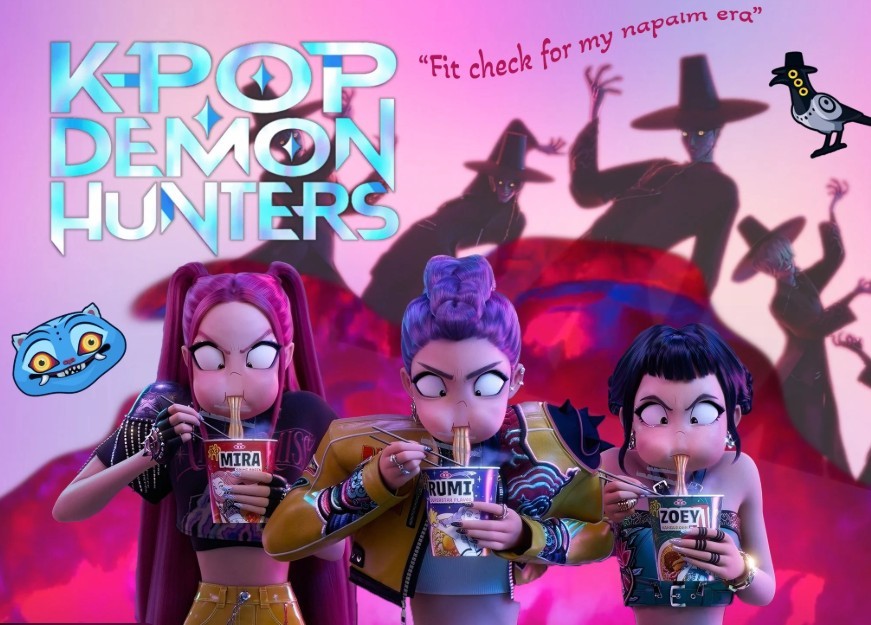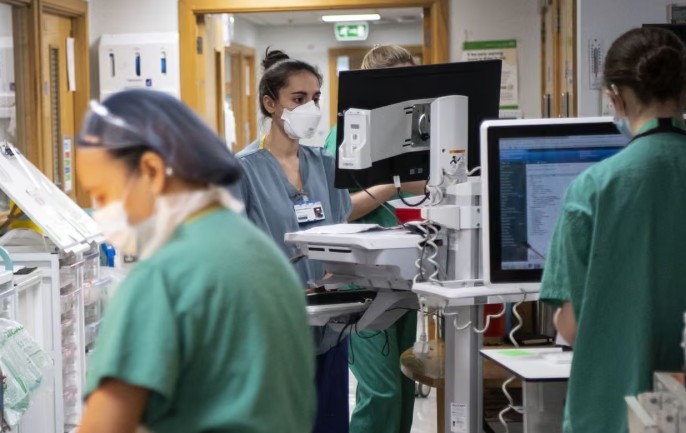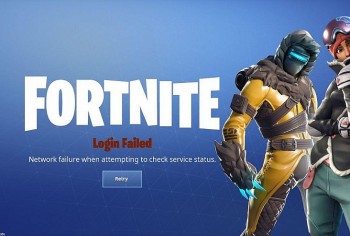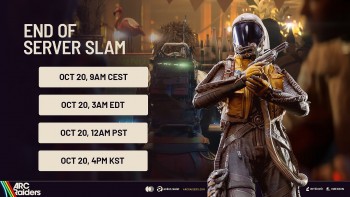Facts About The Mysterious Episode of Pokémon That Sent Thousands of Children To Hospital
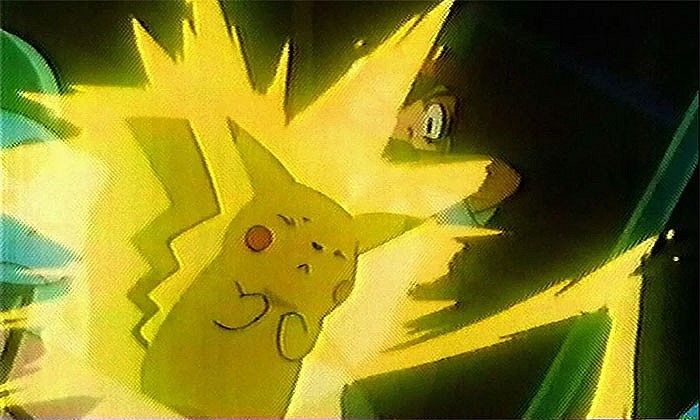 |
| Facts About The Mysterious Episode of Pokémon That Sent Thousands of Children To Hospital |
What Happened in 1997?
25 years ago, at exactly 6:51 pm on December 16, 1997, hundreds of children across Japan had a seizure. A total of 685 children, including 310 boys and 375 girls, were taken to the hospital by ambulance.
In just 2 days, 12,000 children reported symptoms of illness. But behind the strange phenomenon is an episode in the Pokémon animated series.
The episode, titled Dennō Senshi Porygon (Electric Soldier Porygon), is the 38th installment of the first season of the Pokémon anime, creating a medical mystery at the time.
What is known as ‘Pokémon Shock’?
About 20 minutes after the movie was shown, an explosion occurred in the film and was illustrated by an animation technique known as paka paka, which emits flashing red and blue lights alternately at high speed of 12Hz for six seconds. Immediately, hundreds of children had seizures due to photosensitivity, also known as photosensitive epilepsy.
This phenomenon, known as "Pokémon Shock" by the Japanese media, became explosive news at the time, gaining worldwide attention. The cartoon producers were questioned by the police, while the Ministry of Health, Labor and Welfare held an emergency meeting. Share price of Nintendo, the company behind the Pokémon game, fell 3.2%.
| Ten-year-old Takuya Sato said: “Towards the end of the programme there was an explosion, and I had to close my eyes because of an enormous yellow light like a camera flash.” A 15-year-old girl from Nagoya reported: “As I was watching blue and red lights flashing on the screen, I felt my body becoming tense. I do not remember what happened afterwards.” |
| 15-year-old girl Nagoya recalled: “When seeing the blue and red lights flashing on the screen, I felt my body tense up. I can't remember what happened after that." |
How huge was ‘Pokémon Shock’ impact?
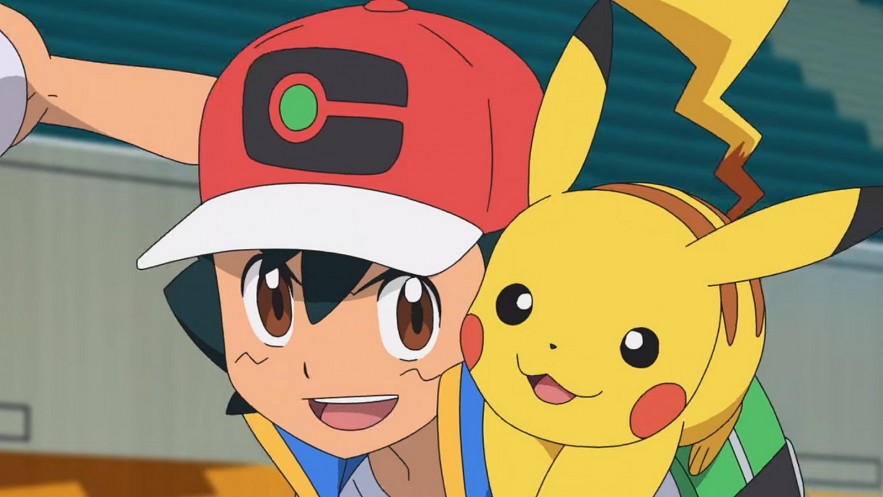 |
| Facts About The Mysterious Episode of Pokémon That Sent Thousands of Children To Hospital |
For medical professionals, the number of 12,000 children needing medical treatment means nothing as this movie has been watched by about 4.6 million families with children. About 5,000 people, one person has photosensitive epilepsy, the rate is 0.02%. But the number of children reporting symptoms seemed to be out of proportion.
Seeking for Explanations
This mystery existed for four years, until it caught the attention of Benjamin Radford, a researcher in the US.
He said “The investigation had just stalled, the mystery sort of faded away without an explanation,” he says. “I wanted to see if I could solve the case.”
Along with Robert Bartholomew, a medical sociologist, he set about examining the timeline of events, and unearthed a key detail. “What people missed was that it wasn’t just a one-night event but instead unfolded over several days, and the contagion occurred in schools and over the news media.”
What Radford and Bartholomew discovered was that the vast majority of affected children had become ill after hearing about the programme’s effects. Although the cartoon’s transmission on 16 December did indeed cause hundreds of children to experience symptoms resulting from photosensitive epilepsy, something else was at play in the subsequent cases. The next day, in playgrounds and classrooms, in news bulletins and at breakfast tables, all the talk was of Pokémon Shock. At which point, more children began to feel unwell. This was exacerbated when, astonishingly, some news shows actually screened the offending clip. But this time, the symptoms (headaches, dizziness, vomiting) were, says Radford, “much more characteristic of mass sociogenic illness [MSI] than photosensitive epilepsy”.
What is MSI?
MSI, also known as mass psychogenic illness (MPI), and more colloquially as mass hysteria, is a well-documented phenomenon with cases spread throughout history, from meowing nuns and dancing epidemics in the middle ages to an outbreak of uncontrollable laughter in Tanzania in 1962.
According to Radford: “MSI is complex and often misunderstood, but basically it’s when anxiety manifests itself in physical symptoms that can be spread through social contact. It is often found in closed social units such as factories and schools, where there is a strong social hierarchy. The symptoms are real – the victims are not faking or making them up – but the cause is misattributed.” The condition is perhaps best understood as the placebo effect in reverse. People can make themselves ill from nothing more than an idea.
MSI is also known as a history of collective psychosis. "MSI is complex and often misunderstood, but essentially it's when anxiety manifests as physical symptoms that can be spread through social contact. It's commonly found in settings," says Radford. closed schools such as factories and schools, where there are strong social hierarchies."
The symptoms are real but its causes are often misinterpreted. The condition is thought to be most closely related to the reverse placebo effect, where people can make themselves sick with just a fleeting thought.
Is MSI typical?For hundreds of years, mass psychogenic sickness has been discussed and written about in a variety of societal contexts all across the world. These epidemics are very likely much more often than we realize, but nobody keeps track of them. |
How does MSI begin?Many mass psychogenic disease outbreaks begin with an environmental "trigger," such as an unpleasant odor or a report that a toxin was consumed. Everyone in the group becomes ill when one person becomes ill. Even while the initial case of disease may have been caused by a true ailment, the "trigger" may not have been the cause of it. |
Other MSI cases in the history
Pokémon Shock isn't the only instance of a broadcast causing an MSI outbreak. In May 2006, Padre António Vieira High School in Lisbon reported 22 cases of an unknown virus, which was spreading rapidly in the school hall.
Students complain of shortness of breath, rash, dizziness and fainting. The school was closed when news of the spreading virus spread. Not long after, it affected more than 300 students at 15 schools in Portugal, many of which had to close.
 Top 20 Best Free Sites to Watch Cartoons Online Top 20 Best Free Sites to Watch Cartoons Online If you are looking for the best place to watch cartoons online free, you’re already halfway there. Here are 20 great cartoon websites for free ... |
 Top 15 Best and Most Popular Anime Movies of All Time Top 15 Best and Most Popular Anime Movies of All Time A fan of Anime movies will never miss these 15 most popular and best movies of all time. What is your favorite one? |
 10 Most Famous Anime Characters of All Time 10 Most Famous Anime Characters of All Time There have been many iconic anime characters throughout the course of time who have practically become legends. In this post, we’ll be discussing a list ... |





